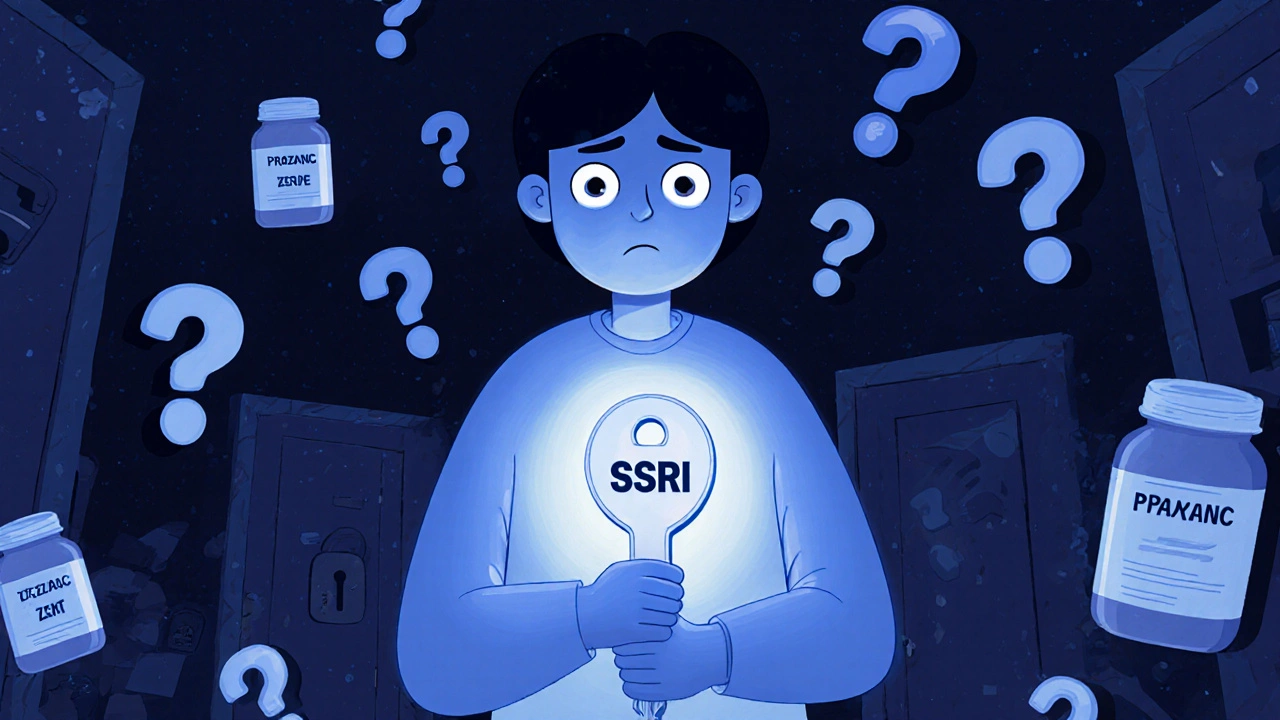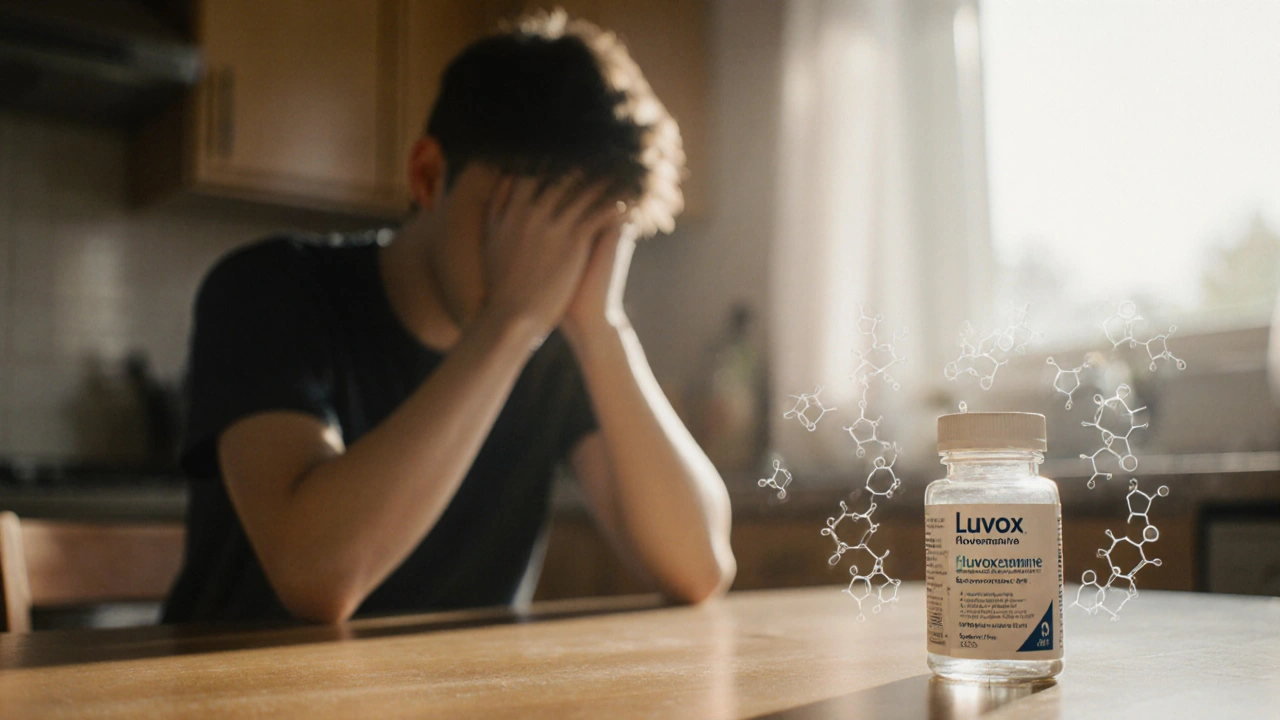OCD Medication: Options, Benefits, and What to Expect
When working with OCD medication, prescription drugs used to reduce obsessive‑compulsive disorder symptoms. Also known as obsessive‑compulsive disorder treatment drugs, it plays a central role in managing intrusive thoughts and repetitive behaviors.
One of the most common groups is SSRIs, selective serotonin reuptake inhibitors that raise brain serotonin levels, typically prescribed as first‑line therapy. Another key player is Clomipramine, a tricyclic antidepressant especially effective for severe cases. Both require careful dosing and regular monitoring to balance benefits and side‑effects.
How Meds Fit With Therapy
Medication alone rarely solves OCD; it often works best alongside Cognitive Behavioral Therapy, a structured talk therapy that challenges harmful thought patterns. Within CBT, Exposure and Response Prevention (ERP), a technique that gradually exposes patients to feared triggers while stopping compulsive rituals is the gold‑standard approach. The combination creates a synergistic effect: meds lower anxiety enough for ERP to be tolerable, and ERP reinforces the lasting changes that meds start.
Understanding these connections helps you choose the right plan, spot potential interactions, and set realistic expectations. Below you’ll find a curated list of articles that break down dosing tips, side‑effect management, and real‑world experiences with each medication and therapy option.
OCD Medication Options: SSRIs, Clomipramine, and Dosing Protocols Explained
SSRIs and clomipramine are the two main medications for OCD. SSRIs are first-line due to fewer side effects, while clomipramine is more effective for some but has stronger risks. Dosing is higher than for depression and requires careful titration over weeks to months.
Keep ReadingLuvox (Fluvoxamine) vs Other OCD Medications: Which One Fits Your Needs?
A detailed comparison of Luvox (fluvoxamine) with other OCD medications, covering efficacy, side effects, cost, and when to choose each option.
Keep Reading

